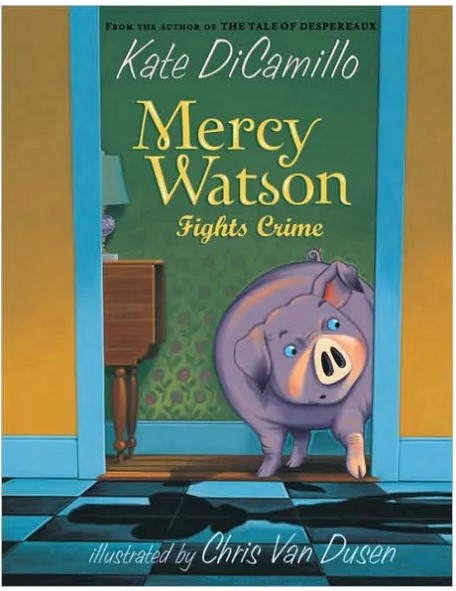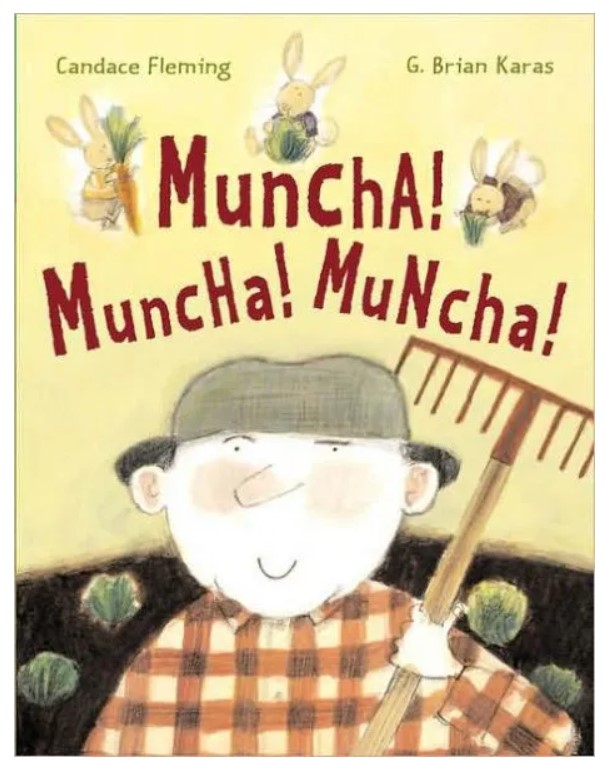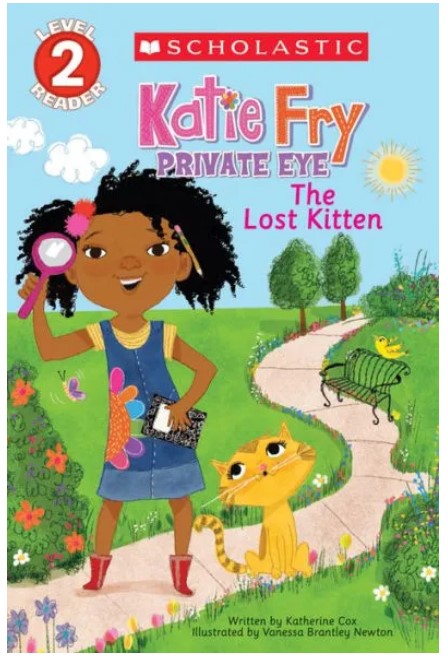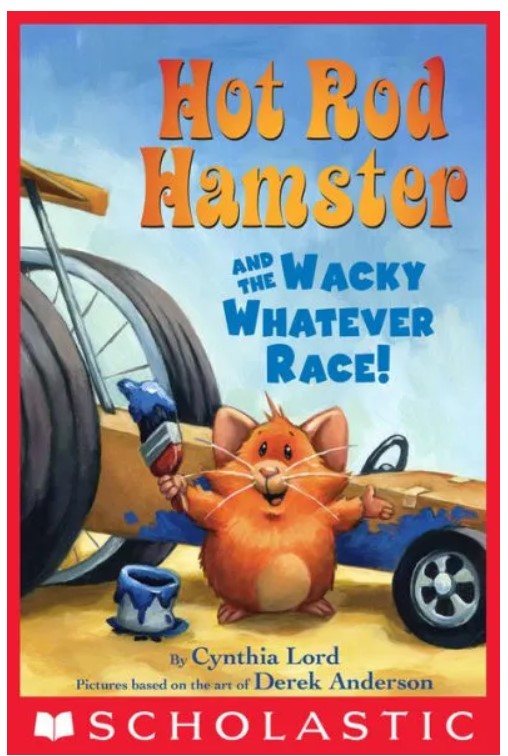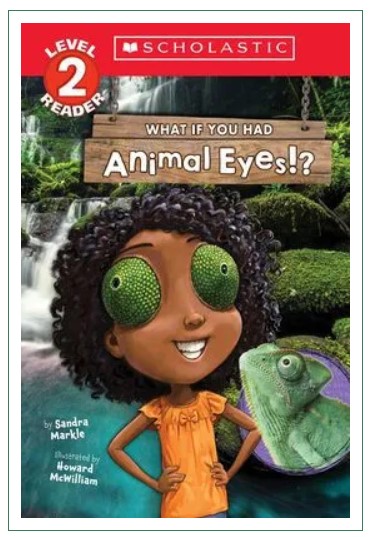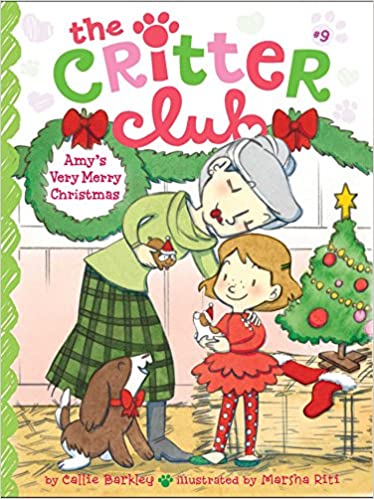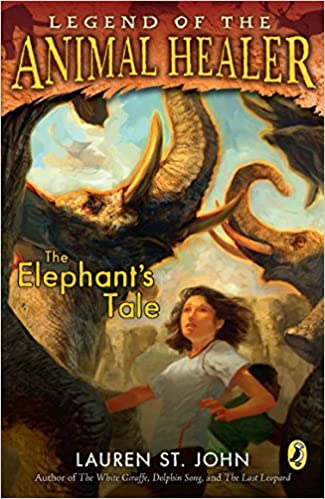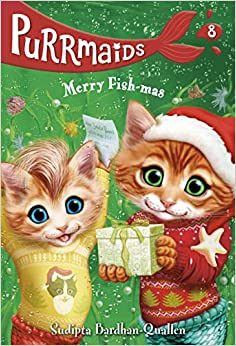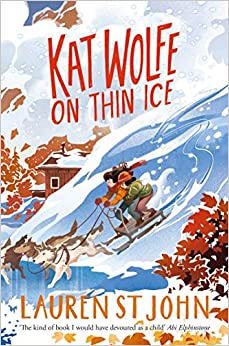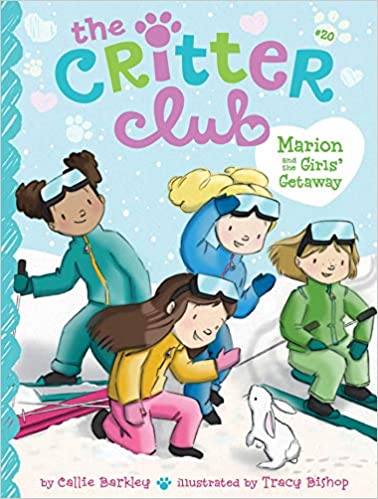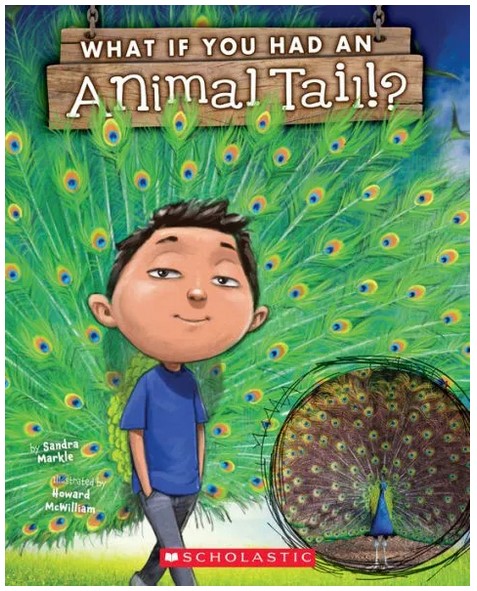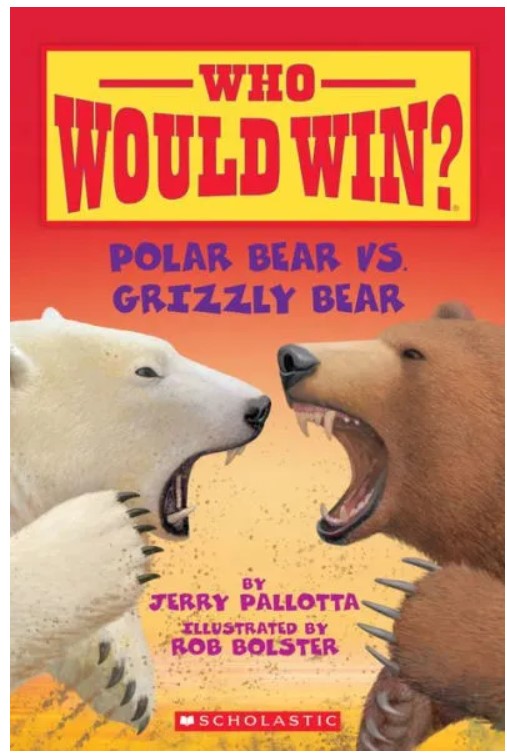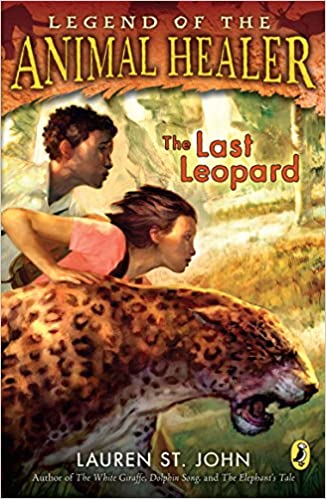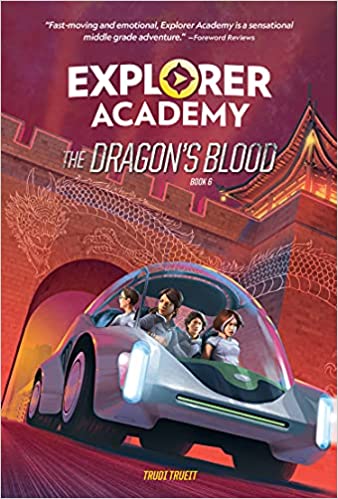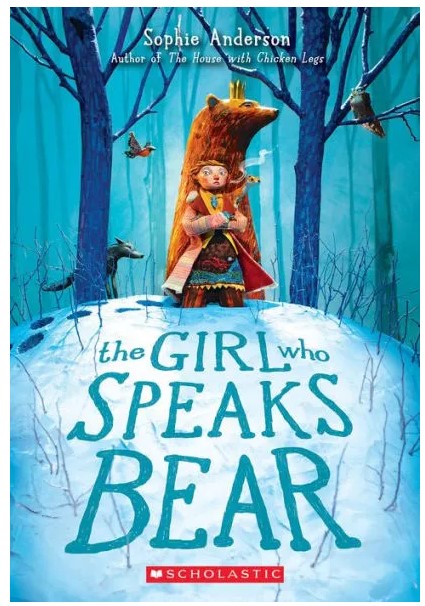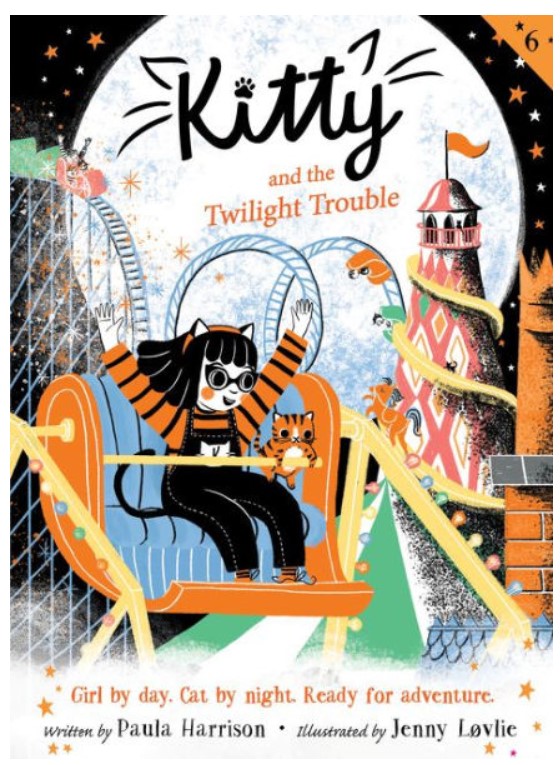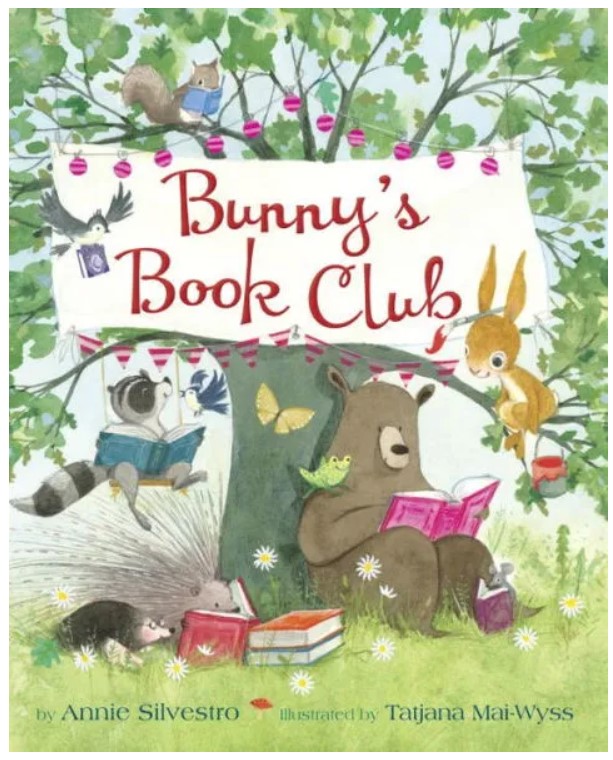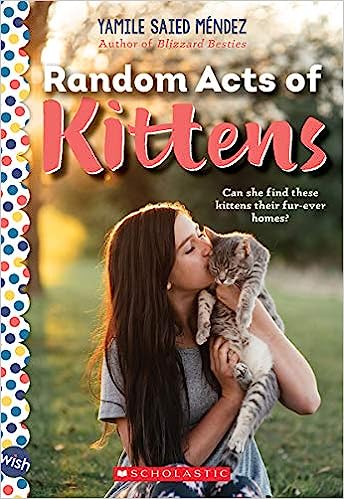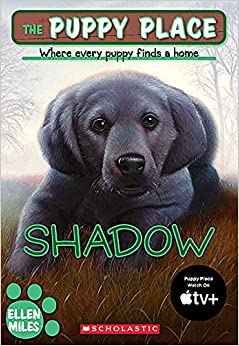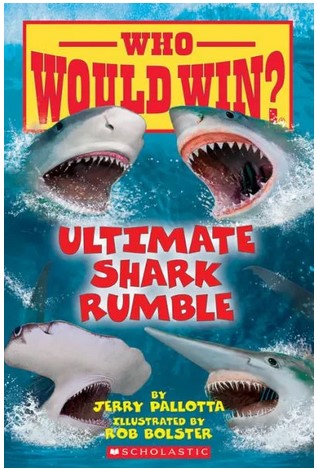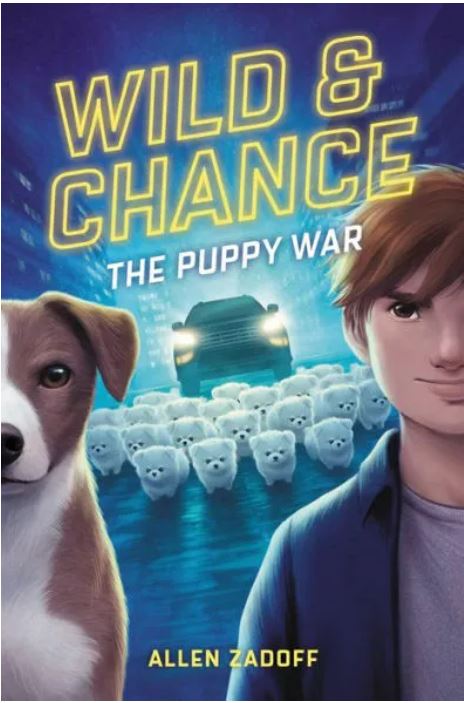Yanka, a twelve-year-old girl, lives in a small village with her foster mother, Mamochka. Yanka isn’t exactly sure of where she came from, but “Mamochka says I was about two years old when she found me outside the bear cave,” at which point, Mamocka took Yanka home and raised her as her own. Yanka has distinct memories of living in the bear cave and memories of “the bear who raised [her].” One day, a family friend, Anatoly, visits and tells Yanka about the Story of the Lime Tree’s Curse. In the story, Yanka recalls, “It was about an enchanted tree, and a woodsman and his family who were cursed to be bears” after the woodsman became too greedy while making demands of the magical lime tree. Yanka wonders if there may be a connection between this story and her past, as “that story was about people turning into bears and now my legs have become bear legs.”
Yanka notices that she is different than the other children in her village. She says, “I tower above all the other twelve-year-olds, and most of the grown-ups too. And I’m stronger than everyone. Even the ice cutters and woodchoppers.” Yanka takes a great tumble at the village’s festival, and when she awakes, she realizes “My legs are enormous. Thick and muscular. And covered in fur . . . I have bear legs.” Yanka takes her new legs as a sign that she should explore her birthplace. She goes into the forest, hoping to discover more about her memories.
Yanka is a very sympathetic character as she struggles to feel a sense of belonging that many readers may relate to. She explains, “But if I don’t know where I came from, how can I be sure where I belong?” Ultimately, When Yanka’s journeys to find her birth mother, Yanka discovers that her mother passed away, when she “was trying to rescue [Yanka’s] father. He was trapped in Smey’s [a fiery dragon] cavern.” Though her mother has died, Yanka learns that her mother left her with her grandmother, “The bear Tsarina.” Incredibly, Yanka realizes that her family has been cursed to turn into bears, but in some cases, they can periodically transform into humans. This makes Yanka wonder, “Am I meant to be a bear or a human?”
Throughout her journey, Yanka shows immense growth, and she especially grows to appreciate the village people who love her. As she goes further into the forest to learn about her birth mother, Yanka begins to fully transform into a bear. However, once this happens, Yanka comes to understand “I’ve been so focused on where I don’t fit into the village that I’ve lost sight of where I do. I have a mother, Mamochka, who loves me. A best friend in Sasha . . . There is a place for me in the village.” This realization pushes Yanka to try to break her family’s curse so that she might return to her village once and for all.
The folktale style of The Girl Who Speaks Bear will keep readers on their toes, as each chapter is set up as its own separate tale within the story. The chapters flow together in a way that helps readers understand Yanka and her family better. Readers will be interested in the use of many Russian words like “sbiten,” a hot honey drink, and they can find the meaning of each of these words in the glossary at the back of the book.
Yanka ultimately finds that even the magic of the Lime Tree cannot undo “old curses,” such as the one placed on her family. However, Yanka learns to embrace the differences that make her stand out. She says, “I don’t want the curse to be broken. I don’t want to be only a human forever. I like being a bear too . . . I want to keep this gift and learn how to control it.”
Overall, this story will capture readers’ hearts as Yanka embraces her love for the forest, as well as her love for her family in the village. The author employs folktales that connect with her grandmother’s Prussian heritage. This novel emphasizes the importance of appreciating the people who love you for who you are. Yanka explains, “I’ve seen so many amazing things on this journey . . . But above all, I’ve learned the importance of going home to the people you love.”
Sexual Content
Violence
- Yanka decides to go into the forest to look for clues about the bears who raised her. She remembers the dangers that lie within the forest. “Fire dragons who would burn your life away and Yaga [people who collect souls of the dead] who would steal your soul.”
- In the forest, Yanka is attacked by a wolf called Ivan the Grey as she tries to cross through an area of the forest that is guarded by his pack of wolves. Yanka says, “I drop the lantern and raise my arms to protect myself. Ivan the Grey bites down on my elbow, crushing it between his powerful jaws, I yell in pain and fall back.” Yanka escapes further violence by telling Ivan the Grey that she knows about his missing claw and how it was stolen.
- Yanka and her pet weasel, Mousetrap, befriend a young elk who is being attacked by wolves. Suddenly, Yuri [the elk] screams… [Yanka] frowns at him, confused—then [makes] out a writhing dark creature on top of him. A wolf. Teeth flash as they bite into Yuri’s rump.” Yuri s escapes as Yanka and Mousetrap distract the wolf.
- Some animals in the forest explain how dangerous the fire dragon, Smey, is. The animals tell Yanka, “[Smey] poisons the air with his sulfurous breath and heats soil into bubbling mud . . . [Smey] sends fires through our forest, burning our trees, charring our den.”
- Yanka’s newfound ally, Ivan the Grey, attacks the dangerous dragon, Smey, “Ivan lets out a blood-chilling snarl and tears straight through the center of the dragon.” However, this does not kill the dragon, instead it exposes its heart, “a pulsing, beating heart made of fire.”
- Ivan the Grey is hurt after attacking Smey, “Ivan whimpers in pain as he lands awkwardly” after the dragon causes another explosion. Fortunately, Ivan is able to recover.
Drugs and Alcohol
- Mamochka is a healer who uses herbs. “People say Mamochka can cure anything — that if she wanted to, she could cure the sky from bleeding at sunset — because she has the wisdom of the Snow Forest inside her.” Mamochka’s healing skills are paralleled by her caring personality, as she truly loves to help others.
- Mamochka makes Yanka remedies when she is ill. Yanka explains, “Whenever I’m unwell, [Mamochka] has a tonic or a tea to make me feel better. This winter she even made a special ointment, just for me, when I complained that my feet ached from growing too fast.”
- When Yanka wakes up to find that she has bear legs, Mamokchka tries applying various herbs to help fix it. Yanka says, “Through [Mamochka] said her remedies weren’t working, [Mamochka] still covers my legs with so many different herbs that I end up smelling like her medicine-mixing corner.”
Language
Supernatural
- Yanka is able to talk to all the animals in the forest. For example, while she passes by the edge of the Snow Forest a bird speaks to her saying, “Yanka the Bear! Come back to the forest!”
- Yanka believes Anatoly, a friend of Yanka and Mamochka who frequently visits their home, and his stories about the forest. Yanka explains, “There’s a forest filled with creatures . . . A fiery dragon flies across the night sky and regal bears dance in a crumbling castle overgrown with vines. A house with chicken legs sprints along a riverbank and a pack of wolves hunt beneath a silver moon.”
- Yanka recalls, “The villagers tell stories about Yaga—witches who live in houses with chicken legs surrounded by skull-and-bone fences. In their stories, Yaga eat lost children and steal their souls.” However, Yanka’s encounter with the Yaga prove that they are not dangerous to the living, as they help Yanka find her lost family.
- The Yaga that Yanka meets live in a house that is animated and able to walk and move about on its legs. Yanka notices, “The porch balustrades curl around my back, helping to support me.’
- Yanka grandparents were curses and turned into bears, which happened overnight. “But all too soon, [Yanka’s grandfather] came home pale and trembeling, and everything changed. [Yanka’s grandfather] would not tell [Yanka’s grandmother] what had happened and fell asleep with his head on her lap . . . And when they awoke, [Yanka’s grandparents] were bears.”
- The Yaga bring one particular fisherman back to life. “The Yaga grabbed the fisherman’s soul and ran to his bosy. ‘Get back in!’ she ordered with such fierceness that the fisherman dared not refuse. He lay down in his body and breath surged into his lungs.” The fisherman was actually Yanka’s father.
Spiritual Content
- As part of her village’s annual festival to celebrate the start of spring, Yanka is “chosen to carry Winter,” as “every year at the festival, a big straw doll called Winter is burned, to symbolize the end of winter and the coming of spring. Carrying Winter is a real honor, usually given to one of the grown-ups who has contributed most to village life over the season.” Yanka’s strength is central to her being chosen for this role.
- Occasionally, some characters exclaim, “for spirit’s sake.”


